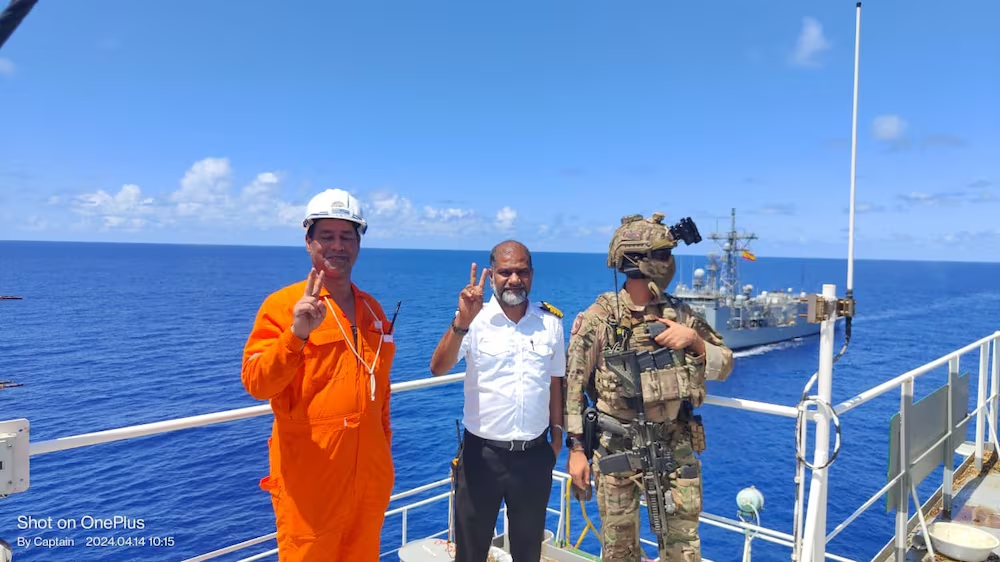
BY: NEWYORK TIMES
The promise and perils of America’s counterterrorism campaign were on full display at a remote training base in central Somalia.
It was graduation day for 346 recruits who would join an elite Somali commando unit trained by the State Department, advised by U.S. Special Operations forces, and backed by American air power.
Since last August, the unit, called Danab, has spearheaded a string of Somali army victories against Al Shabab, an Islamist terrorist group that is considered the deadliest of Al Qaeda’s global branches.
“We’re more dedicated than ever,” said Second Lt. Shukri Yusuf Ali, 24, who joined the unit two years ago as one of its few female members and was recently selected to attend the U.S. Army infantry training course at Fort Benning, Ga.
But sadness hung over the ceremony. Many of the recruits will be rushed to the front lines to backfill two Danab battalions decimated by a Shabab attack last month that left more than 100 Somali soldiers dead or injured.








I first reported from Somalia 30 years ago, when the U.S. military’s main mission there was to make the capital, Mogadishu, and outlying areas in a famine belt safe enough for aid deliveries, which had been interrupted by fighting among Somali factions.
The United States withdrew from the country after the “Black Hawk Down” episode of 1993, when Somali militia fighters killed 18 American service members in a blazing battle later depicted in books and Hollywood movies.
Now, nearly two decades after the rise of Al Shabab, Somalia is the most active front in the “forever wars” that the United States has been waging against Islamist extremists since the Sept. 11, 2001, terrorist attacks.
The American fight against Al Shabab began in 2014 with a handful of military advisers and grew steadily to a 700-member training force that President Donald J. Trump withdrew just before leaving office in 2021. President Biden restored 450 of the troops last year to advise Somali soldiers fighting a Shabab insurgency that still controls much of the country’s south.
READMORE NYTIMES

























